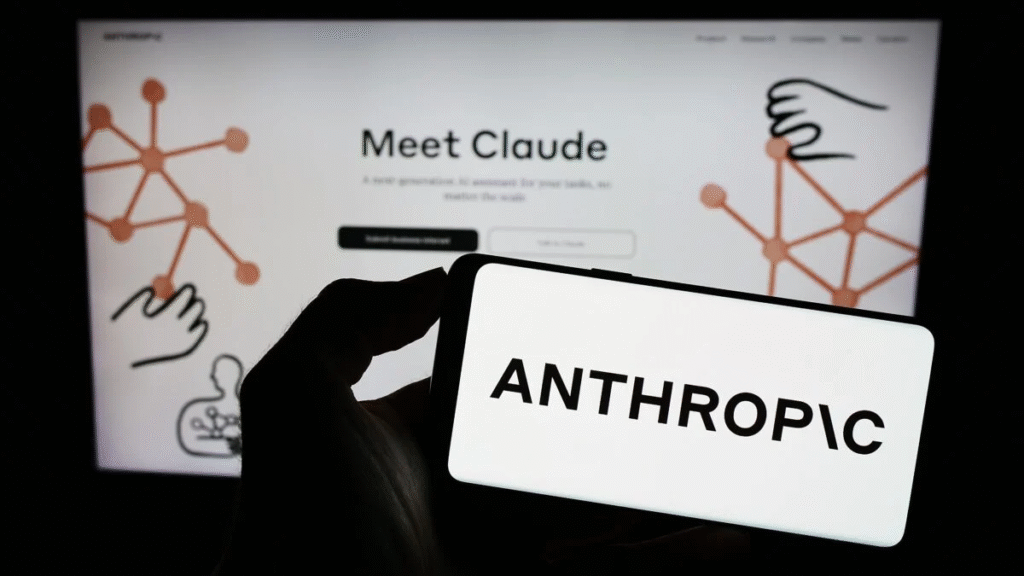Anthropic has launched a new set of AI models called Claude Gov. These models were built with feedback from US government customers. The aim is to support tasks in national security. Anthropic says it developed these models with guidance from agencies that work at the highest level of US security. The models help with strategic planning, operational support, and intelligence analysis. Users can only access these models in secure and classified environments.
Claude Gov models went through the same safety tests as Anthropic’s other Claude models. They also meet extra standards for handling sensitive government data. Anthropic states that these custom models help users handle classified information with less refusal. They also offer a better understanding of documents related to intelligence and defense. In addition, Claude Gov can process critical languages and dialects used in national security. The models also show more skill in reading cybersecurity data for intelligence work.

How Anthropic Works With Government Partners
Anthropic has been partnering with US government teams for some time. In November, the company teamed up with Palantir and AWS. That partnership aimed to bring Anthropic’s AI to defense customers. Anthropic counts Amazon as a major partner and investor. Working with Palantir lets Anthropic reach agencies that need AI for sensitive tasks. Anthropic’s new models were designed based on direct feedback from those agencies. This close work helps ensure that Claude Gov meets real operational needs.
The models have already been using in agencies at the highest levels of US national security. Anthropic notes that only people with clearances can access those deployments. The company aims to keep data secure. To achieve that, Claude Gov must handle classified material without leaking any details. Each model follows strict safety testing protocols. Those rules ensure that AI does not generate harmful or inaccurate content.
What Makes Claude Gov Different From Other Claude Models
Anthropic’s consumer and enterprise Claude models serve many tasks. Those models work well in research, business writing, and coding help. Claude Gov uses the same core AI technology as those models. However, Anthropic made special changes for government use. For instance, Claude Gov is less likely to refuse to work with certain kinds of text. This helps when dealing with documents that must remain classified. Anthropic also tuned the models to better read and interpret defense reports.
Another key difference is language support. Claude Gov has stronger skills in languages important to national security. This can include Arabic, Pashto, Farsi, Mandarin, and other critical dialects. As a result, analysts can analyze foreign intelligence documents. They also bring more attention to cybersecurity. They can notice threats and pass on details about cyber attacks more effectively. This expertise is very important in conducting security analysis.
How Claude Gov Models Fit Into the AI Security Race
Anthropic is not alone in seeking defense contracts. OpenAI is also showing interest in working with the US Defense Department. Meta recently made its Llama AI models available to defense partners. Google is building a version of its Gemini AI that can run in secure environments. Cohere is teaming up with Palantir to offer its AI for defense use as well.
Each of these companies offers custom AI tech for national security. Anthropic’s Claude Gov models join this growing group of secure AI tools. By offering models that can work with classified data, these companies help agencies speed up analysis and decision-making. They aim to give analysts new tools for making sense of large amounts of information.

What Government Users Gain From Custom Claude Gov Models
National security teams face unique challenges each day. They must handle classified intelligence, spot threats, and coordinate operations. Claude Gov models offer help in three main areas: Anthropic explained that researchers tested those models in real scenarios. They wanted to make sure that AI could help take work off human analysts’ plates. Those tests also helped refine the models to reduce mistakes.




